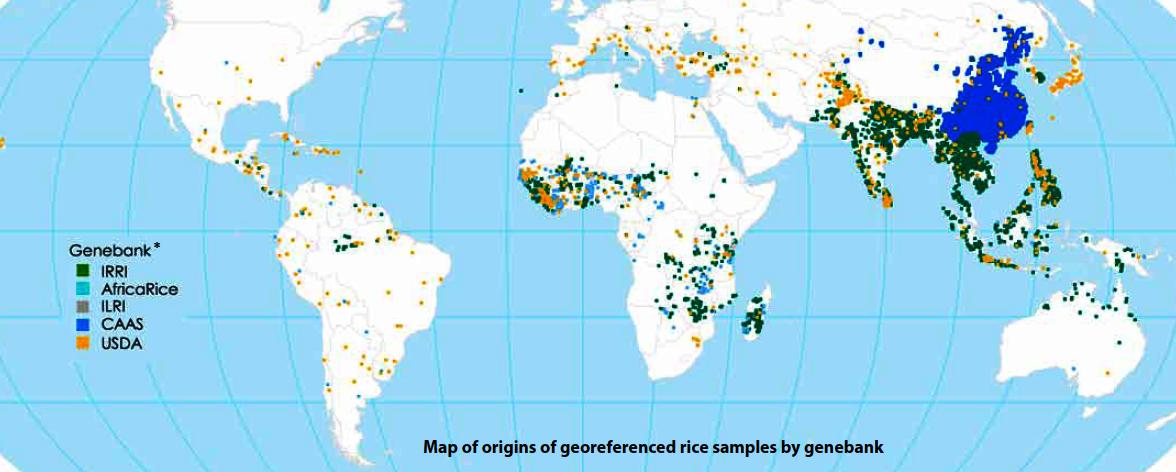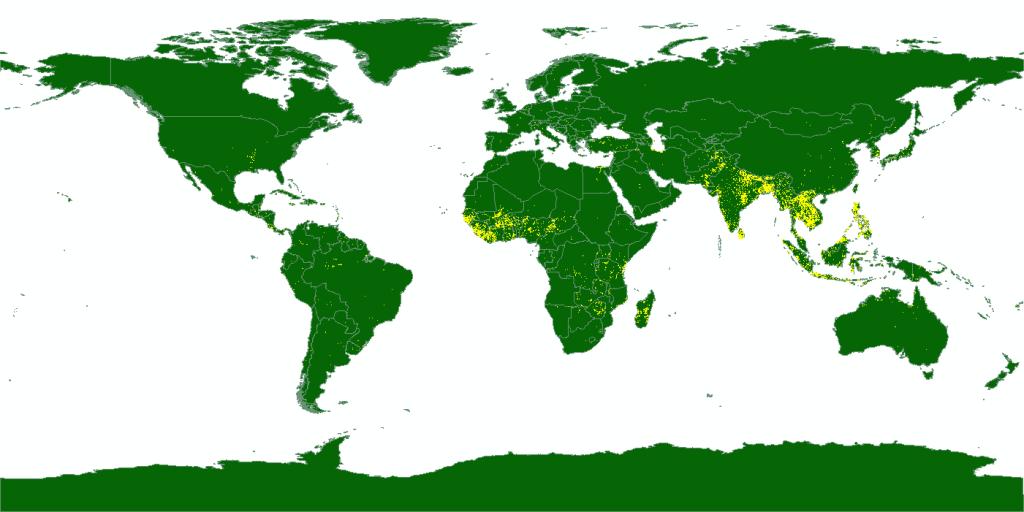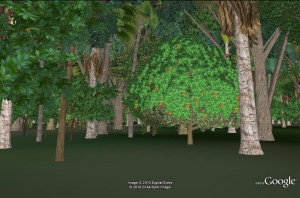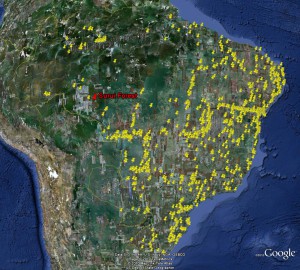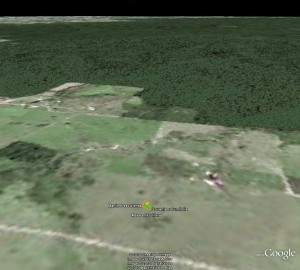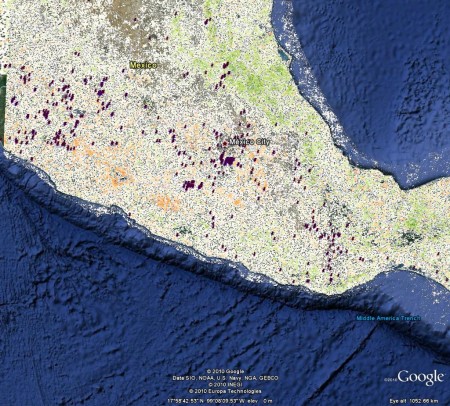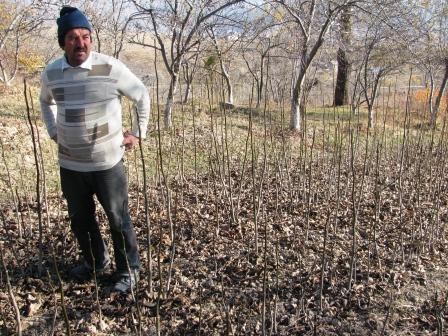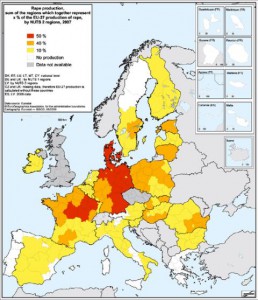Ooooh, nice article from our friends at IRRI on mapping rice genebank accessions, something close to our hearts here at the Agricultural Biodiversity Weblog, as regular readers will testify.
I guess the main point made by the money map, reproduced below, is that while IRRI may be managing on behalf of us all (under Article 15 of the International Treaty on Plant Genetic Resources for Food and Agriculture, no less) the largest and most diverse collection of rice germplasm in the world, it doesn’t have everything.
Problem is, not all of those other genebanks which nicely complement the IRRI collection make their material quite so obviously, freely and officially available to others. Plus, of course, we need the data from CIAT, EURISCO and all those other national genebanks. Genesys will help with that, hopefully, eventually. In the meantime, for comparison, this is what it now sees 1:
My eye was inevitably drawn to the outliers on that IRRI map. What is that northernmost collection, maybe in Kazakhstan? And alas the southernmost collection seems to have been cut off.
Anyway, now for the gap-filling!
